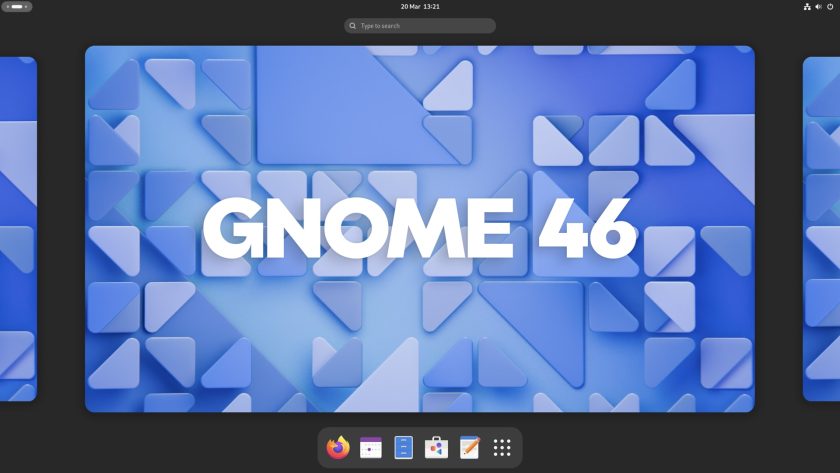
The GNOME project today announced the stable release of GNOME 46 “Kathmandu”, the latest update of its hugely popular open-source desktop environment.
And what an update it is.
I ran through the best GNOME 46 features earlier this week. Suffice to say there’s a lot of improvement across all areas of the user experience.
“This six-month effort wouldn’t have been possible without the whole GNOME community, made of contributors and friends from all around the world,” GNOME says of the release.
“Developers, designers, documentation writers, usability and accessibility specialists, translators, maintainers, students, system administrators, companies, artists, testers, the local GNOME Asia team in Nepal, and last, but not least, our users.”
If you helped test it out then that includes you too, boo.
You’ll be able to benefit from the changes on offer soon as Ubuntu 24.04 LTS is released on April 25 and it will offer GNOME 46 out-of-the-box — albeit with the usual Ubuntu-ifications.
A more vanilla GNOME experience can be found in Fedora 40 Workstation, currently in beta but due for a stable release in the next few weeks.
If you don’t want to wait you can also download a GNOME OS image to run in the Boxes virtual machine app (the image is designed to work best in that app so don’t be surprised if it doesn’t boot or work well in other tools).
A quick overview of some of the key changes in GNOME 46:
- Enhanced search experience in Nautilus
- OneDrive file access
- Notifications can be expanded/collapsed
- Remote Login with RDP
- New app launching shortcuts
- Revamped Settings with new panels, options
- Tap to click enabled by default on touchscreens
- Accessibility improvements to Orca
- Sharper UI and font rendering (fractional scaling)
- Variable Refresh Rate support (experimental)
- New fallback avatars
- Updated core apps
More details can be found in the official release notes, glimpsed in the short release video (embedded further up this post), or, for the supremely nosy, by sifting though the collective changelogs on the GNOME GitLab.
